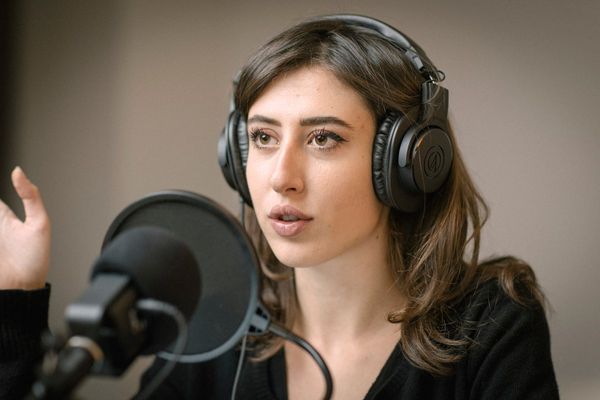
As per reports, the creator economy in India is growing at a compound annual rate of 25%, with the covid pandemic’s flexible office hours, remote work and renewal of passion pursuits having played catalyst. But, while most of the revenue generated by the creator economy flows to the cream of creators, who are propelled into stardom, the majority have a difficult time sustaining creative journeys. So, can the creator economy be a vehicle for more equitable income distribution?
The business of content creation: So what does your average creator look like? According to the 2022 Linktree Creator Report, for most creators, content creation isn’t a main hustle. Nearly 66% of them pursue it part-time, while 43% spend five hours or less a week creating content. Around 36% have been making content for a year or less. But what remains elusive is a link between work and the money made. Around 53% of creators who make under $100 a year spend less than five hours a week on content creation, while 32% who make $100-10,000 a year spend more than 10 hours a week.
While an exact success formula cannot be pinpointed, it’s time perhaps to investigate a critical dichotomy: direct versus indirect payment. Popular creator platforms like YouTube offer indirect payment, and creators only get a share of ad revenues. Even though customers and companies have grown more dependent on social media for establishing relationships, it is difficult to understand what drives user engagement. While social media platforms are great marketing tools, they must not be mistaken for business tools.
Also, while the current creator landscape empowers niche creators, beginnings can be tricky. Monetization takes time, dedication and a little luck too. According to the Linktree report, around 59% of ‘beginner creators’ haven’t monetized their work yet, while 35% earn below a “livable income". Only 6% of beginner creators have earned more than $10,000. So one is left to wonder what this new influx of talent in the creator pool would mean in the context of the current ad model.
YouTube and TikTok star Hank Green says that TikTok’s Creator Fund is inherently unfair to top creators. While the number of users and creators continues to rise, the payout for creators is static ($200 million for creators of the top-performing clips). But while some inequality is inherent in the passion economy, platforms can offer solutions. For example, content creators often find themselves at the mercy of algorithms, being forced to churn out trend-based content. This is because they need to know what the next big thing is, in order to create content that can go viral. This is a cause of concern because authenticity, not algorithm, is what drives the creator economy.
India, with its diversity, cannot have a homogenous market for influencers. There are different models for various Indian markets. Short video platforms and social media such as ShareChat, Moj, MX TakaTak and Chingari dominate vernacular segments. Platform design tweaks can result in earnings that may inspire greater creativity.
Some blockchain innovations have been chipping away at the creator economy’s power structures, enabling creators to earn more from their work and achieve an unprecedented level of autonomy. The advent of Non-Fungible Tokens (NFTs) has given rise to ‘creator’ or ‘social’ tokens which can be used to rate creators and assign value to their creations. Users can redeem these tokens as the value of creations goes up.
The order of Web 3.0: Its open access eliminates the power hierarchy, retaining data ownership in the hands of creators. It enables them to share or sell their content as per their choice. The decision to monetize their content is left to them, with no platform intermediary to scoop away a big chunk of earnings. Web 3 enables creators to directly contact buyers and retain all royalty income. It keeps a copy of the content or the user’s data on multiple cloud storage spaces, and it can be accessed anytime on any device anywhere. Also, Web 3.0 uses encrypted techniques to secure data. It allows the user to fearlessly manipulate his or her content without any worry of account suspension by a third-party platform.
A creator’s hustle: The ideal way forward for a creator in this economy is to identify your niche and differentiate your work in a crowded space. Monetizing small but engaged audiences that know and love your work is the key, as opposed to chasing higher follower counts or brand collaborations. The creator economy today does more than just provide value to platforms. It helps foster a community, builds relationships between brands and consumers, and helps them target an audience that they were struggling to engage with.
The future of the creator economy seems promising: a world where people can do what they love, own what they make, monetize it, empower others, and become rock stars regardless of fan numbers.
Tamseel Hussain is the founder and CEO of Pluc.tv—a B2B2C creator economy platform







